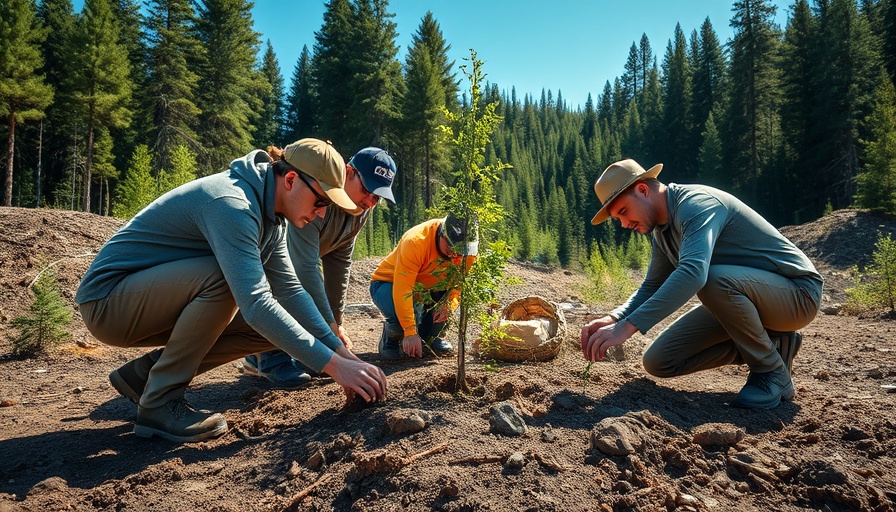
The Underlying Causes of Los Angeles Wildfires
The wildfires that recently devastated Los Angeles are a stark reminder of the growing risks posed by climate change. According to a rapid study conducted by the World Weather Attribution, powerful and destructive wildfires became more likely due to escalating temperatures and changing weather patterns, exacerbated by human activity. With temperatures now averaging 1.3°C above pre-industrial levels, it’s clear we are facing a planetary crisis that goes beyond typical seasonal changes.
How Climate Change Fuels Fire Risks
The research indicates that scorching conditions contributing to the Palisades and Eaton fires were heightened by climate change, making such extremes 35% more probable. Drought conditions and reduced rainfall further compound the situation. Professor John Abatzoglou from the University of California highlights that the absence of typical autumn rains this year allowed dry vegetation to proliferate, creating the ideal fuel for wildfires. As these patterns shift, the cycle of devastation could well become a regular occurrence within our lifetimes.
Understanding the Fire Weather Index
The report uses the Fire Weather Index, a critical tool designed to assess the potential for fire outbreaks by factoring in temperature, humidity, and wind. This year's assessment revealed that the risk index was not only more frequent but also 6% more intense due to climate change. Anomalous weather patterns mean that the benchmark for determining when and where fires can ignite is continually being reset. These findings are not merely statistical; they reveal a profound shift in how we must conceptualize and prepare for natural disasters.
The Implications for Health and Wellness
For health enthusiasts, the escalating wildfire crisis underscores the importance of understanding environmental health risks. The spike in wildfires can adversely affect air quality, leading to respiratory issues and long-term health problems. Staying informed about environmental changes and climate patterns is essential for cultivating awareness about how these issues directly impact community wellness.
Future Outlook: Preparing for Increased Fire Incidences
The implications of climate change on wildfire frequency and intensity are dire. Experts are urging proactive measures from policymakers and communities, emphasizing the need for improved disaster preparedness and risk reduction strategies. As the climate crisis continues to unfold, individuals and communities must consider how they can adapt to both protect themselves and advocate for sustainable practices.
 Add Row
Add Row  Add
Add 




 Add Row
Add Row  Add
Add 



Write A Comment